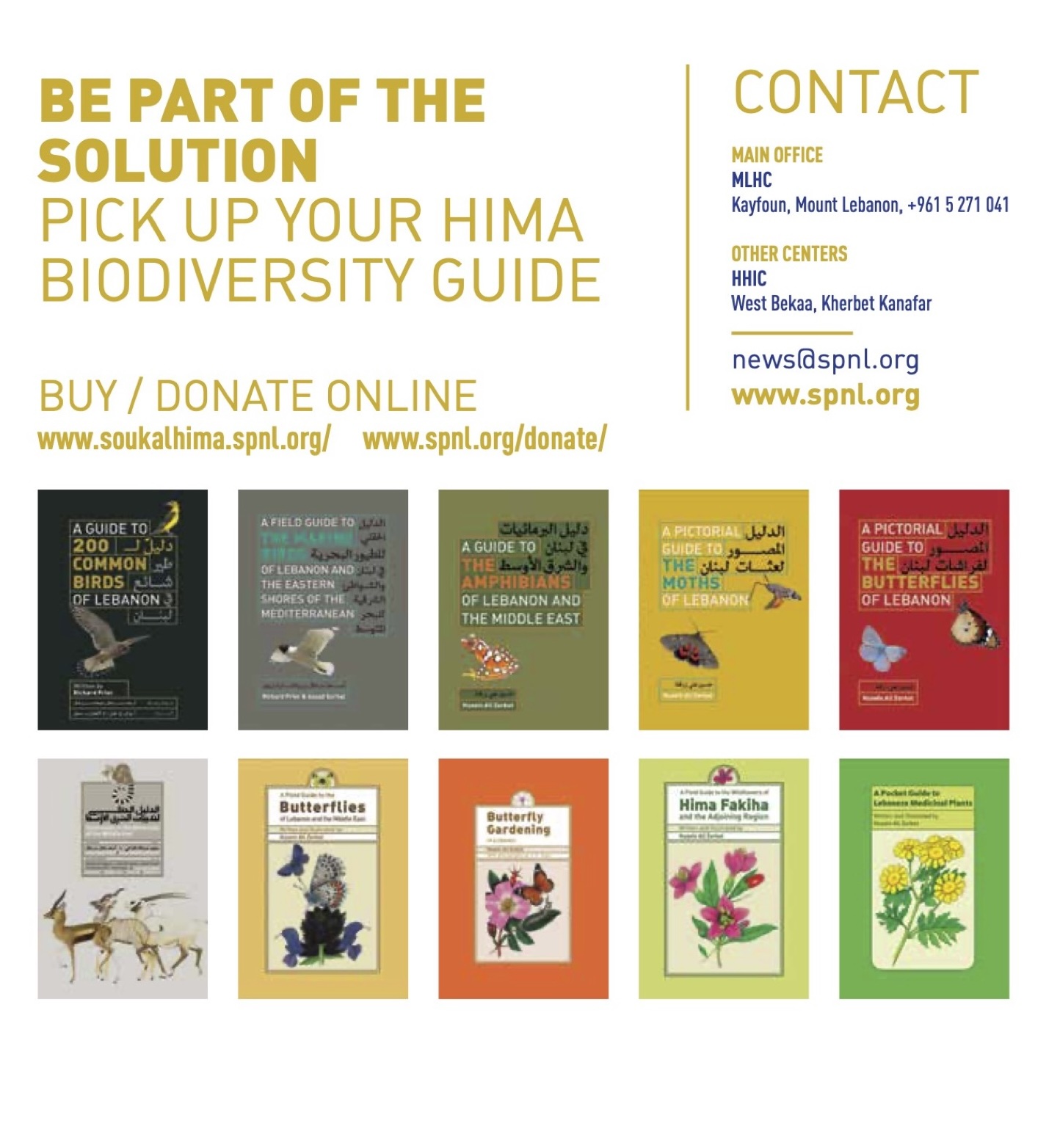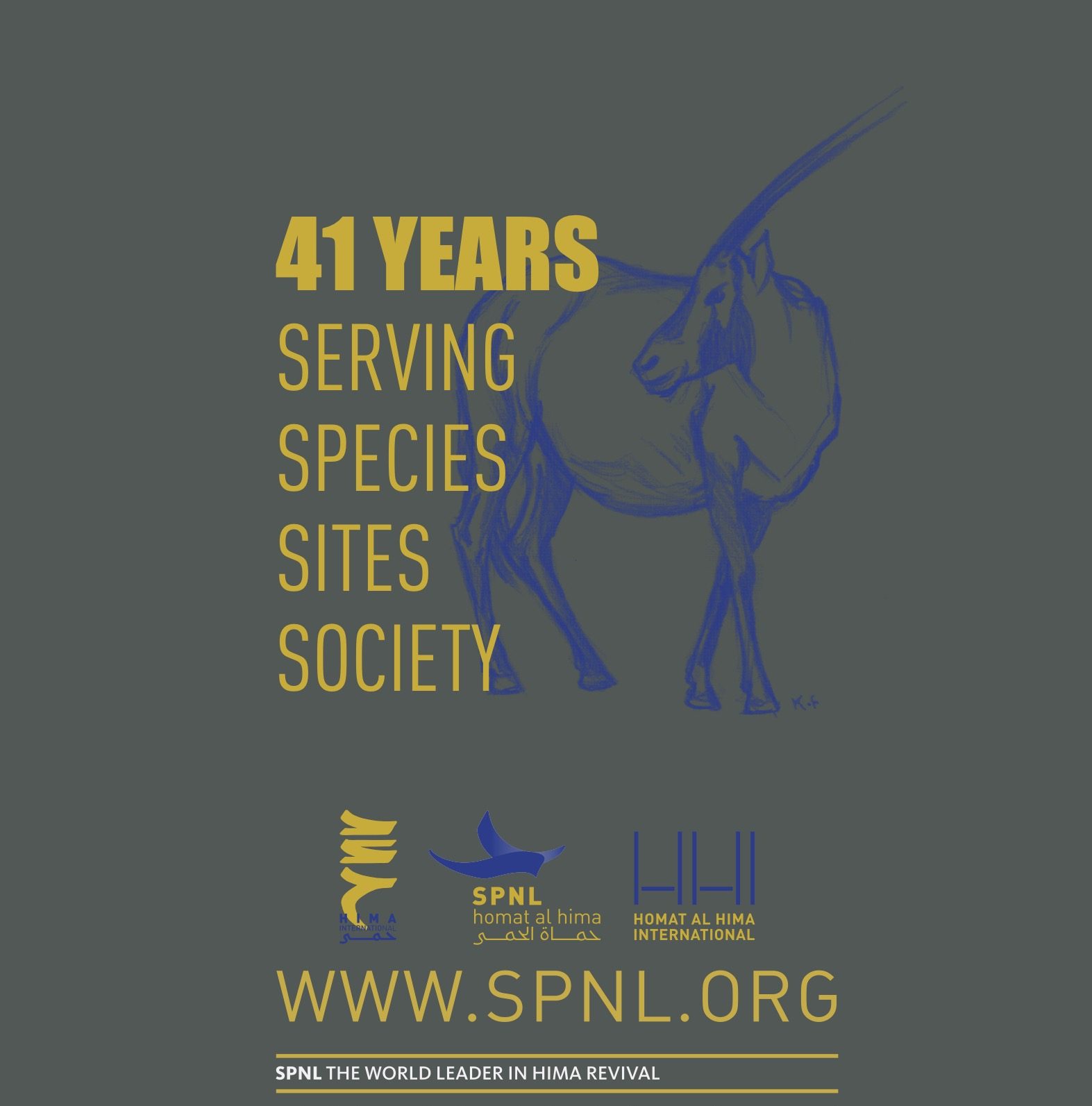This cute one-legged White Wagtail was spotted by the camera of Chadi Saad, SPNL’s expert and wildlife photographer. His main focus is Hima Hammana.

The photos below were shot last October in Qaraoun Lake, an internationally designated “Important Bird Area,” where thousands of migratory birds rest south during their winter migration pattern.
It is the largest man-made freshwater body in Lebanon, lying at the Southern end of the Bekaa valley. It is a flyway for many soaring birds. The Lake covers a total area of 1190ha, holding 110 species of birds and other wildlife. Several species of conservation concern have been recorded in past years such as Sociable Plover, and Ferruginous Duck.
Observations suggest that over 20 000 soaring birds,including raptors, storks, pelicans and others pass over the lake annually (CC pers obs). Several species of conservation concern (2008 IUCN Red List) have been recorded here in recent years such as Ferruginous Duck Aythya nyroca, Pallid Harrier Circus macrourus, Great Spotted Eagle Aquila clanga, Eastern Imperial Eagle Aquila heliaca and Sociable Lapwing Vanellus gregarius on migration. It is also the most important site in Lebanon for wintering waterfowl (CC pers obs, Ramadan-Jaradi et al 2008).

Currently there is no formal protection or conservation management for any part of the IBA. The site falls under several different municipalities and multiple private ownership.However, local people have been trained through the IBA programme, and ongoing efforts with the key municipalities have been initiated. Indiscriminate hunting is a major threat as is water pollution coming into the lake from upstream. Disturbance to birds from the extensive recreational activities and the high level of grazing by sheep and goats on the lake shore are a cause for concern and it is possible that the latter is one of the factors leading to the lack of marginal vegetation.
Chadi Saad told spnl.org that the different angles of his camera spotted the one-legged White Wagtail, who was resilient and unfazed by his disability.

According to Ghassan Ramadan Jaradi, Eco-Ornithologist and Executive Director of The Lebanon National Rare Birds Committee, this bird photographed by Chadi Saad is a White Wagtail standing on one leg and the other is hidden under the feathers to probably keep it warm, as do many other species too. Long-legged herons and short-legged ducks, geese, hawks, and gulls, often roost in a peg-legged stance while keeping the other leg tucked up into their body feathers for warmth. Moreover, herons stand in shallow water using one leg only to give an impression to fish that their legs are aquatic plants. As such, they can practice fishing while standing immobile on one leg.
But small birds like wagtails, warblers, buntings, and bulbuls fluff out their feathers to cover both legs. And for extra warmth, they tuck their beaks under their shoulder feathers, but not their wings, as people often say. Consequently, I tend to rule out that this wagtail was warming one of its legs.
If Chadi has seen it jumping, the bird is missing a leg. This is because wagtails do not jump like the Domestic sparrow, but they walk.
This bird may have lost one of its legs because of a trap, or an animal that tried to catch it, or an ignorant hunter who injured it in the leg and it was cut off, etc.
Not all birds can be treated to a vet, but if injured, their blood clots go fast to avoid hemorrhages. Birds’ impressive survival skills, strong instincts, and persistent determination enable them to live and thrive despite losing a leg. On the other hand, ostriches, cassowaries, rheas, etc., will, like the camel, die if they have a broken leg.
Birds can survive with one leg. But birds with one leg cannot usually fly properly, and to reduce this anomaly; the birds can use their beaks and bodies to assist in locomotion. Sometimes, birds have to hop or crawl instead of flying or walking.
This is said, so why must birds warm their legs? Birds have adaptations to manage heat loss. The arteries that transport oxygenated blood into the legs lie in contact with the veins that return deoxygenated blood to the bird’s heart. The warm arteries heat the cooler veins. Because the veins also cool the arteries, the bird’s feet are closer to environmental temperature and thus don’t lose as much heat as they would if they were at body temperature. In addition, by standing on one leg, a bird with its foot tucked up reduces by half the amount of heat lost through its unfeathered limbs.






